How is it? by now quite clear, the automotive world is a world of in continuous and very rapid evolution, with the electron as the undisputed protagonist of this change. Putting autonomous driving and infotainment aside for a moment, in fact, we are experiencing what is commonly defined as “electric transition”. By now practically all car manufacturers include within the own portfolio of fully or partially electrified vehicles.
But if we don't have major differences in terms of operation between fully electric cars, partially electrified carsbetter known as hybrids, they are divided into three different categories: Mild Hybrid, Full Hybrid and Plug-in Hybrid. Now, we know very well that for NON-experts these words can still create a lot of confusion, and it is; that's why we decided to create this short guide. In this article you will find the three technologies explained in a simple way and the characteristics that differentiate them from each other.
Before starting, however, it is necessary to make a premise. We used the collaboration of Hyundai to develop this content; very attentive and avant-garde company in the electrification process of its range. Be careful to the point that, probably, we are talking about the brand with the most attention. wide range of electrified vehicles: Mild Hybrid, Full Hybrid, Plug-in, 100% electric and even hydrogen.
MILD HYBRID 
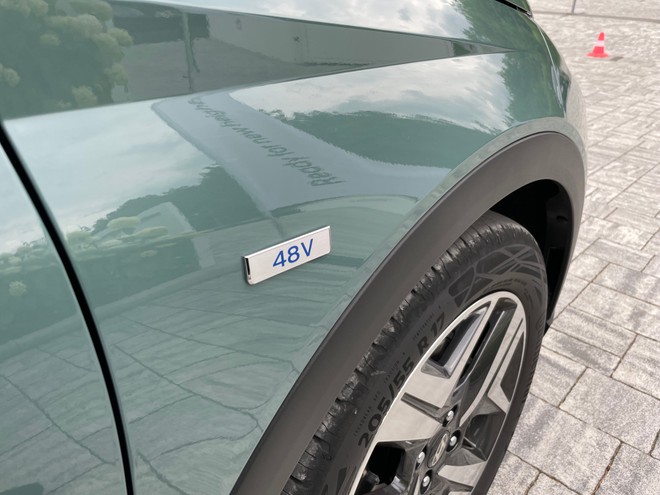
Well, without going further, I'd say start with our explanation. Let's go in increasing order of importance of the electrical system and therefore let's start with the Mild Hybrid cars. Also known as MHEV, Mild Hybrid Electric Vehicle,are currently the most popular category. numerous but, probably, also the most; controversial and the one around which have arisen most; doubts. But don't let that scare you, it really is. it is everything much more; simpler than it seems.
First of all, the basic concept is; that we are dealing with cars that can NEVER travel driven solely by the electric motor. In fact, these are endothermic cars to which it is necessary to: A small electric motor has been added and a battery with its electrical system that can; be 12V, 24V or 48V, depending on the power of the system itself (in the case of Hyundai we always talk about 48V). This electric motor supplies, in the best case, 10-12 kW of power and about 150Nm of torque.
Good, but when does the electric motor activate then? The electron propulsion is always activated in conjunction with the heat enginein all those situations in which the latter needs help to reduce effort and optimize consumption and emissions. Specifically, we are talking about the moment the car is turned on, when starting off, during the maneuvering phases and when a little bit is needed. more starting point, perhaps to overtake.
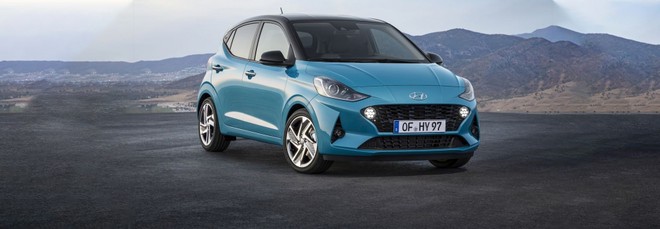
The only situation in which the electricity system works in autonomy is; in the sailing phases, when this is the accelerator is released and the car proceeds by inertia. In an endothermic car the engine would remain running, but here it switches off maintaining the engine braking function, and the electrical system takes over to keep all the systems active and to eliminate the lag due to the ignition of the internal combustion engine when we start pressing again the accelerator. In essence, therefore, the electric motor manages to optimize performance and consumption in all those phases in which the internal combustion engine is less efficient.
This electric propulsion system is designed to be used as an electric propulsion system. obviously supported by an additional battery compared to the classic car one, usually contained in size and with a capacity of 100%. of about 0.5 kWh. This battery is always and only recharged automatically during deceleration and braking. Is not serious; it is therefore possible to attach the car to columns or sockets for recharging.

 Hyundai Bayon Hybrid, don't call it the Kona "junior" | Video 70
Hyundai Bayon Hybrid, don't call it the Kona "junior" | Video 70
Auto 13 Jul
What are the main advantages of a Mild Hybrid system? Surely among the pros of this technology we have its adaptability. Add these components to an already existing platform. existing is a fairly simple operation and does not involve an important increase in weight for the cars in which it is used. But we can't forget the reduction of fuel consumption and emissions, eitherjust as important. All this combined with a low price, especially if we consider the Full-Hybrid alternatives and even more so; Hybrid plug-ins. Within the Hyundai range, among the Mild Hybrid proposals, we find for example the i20, i30 (here our road test), Bayon, Kona and Tucson, all with a 48V hybrid system and with costs slightly higher than endothermic alternatives.
FULL HYBRID 
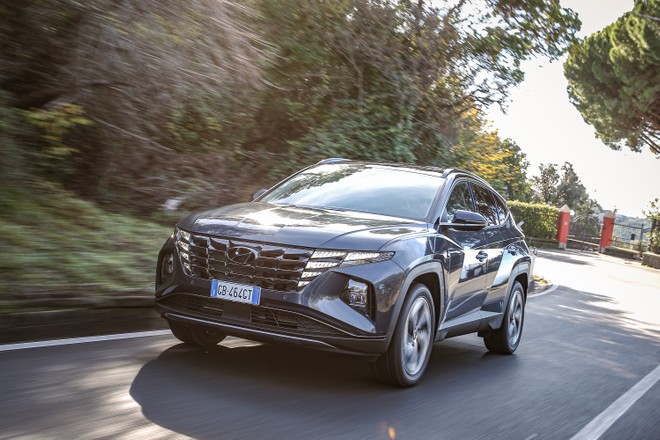
And here we are talking about the Full Hybrid or HEV, Hybrid Electric Vehicle solutions.They are now available in the range of many manufacturers, although in a much smaller number than the Mild Hybrid models. This is because; implementing a Full Hybrid system is; more complex and economically expensive, as well as requiring a platform that is designed or in any case adapted to host it. There are currently five Full Hybrid platforms on the market but for this content we are not interested in knowing what are the characteristics that differentiate them. What we are interested in knowing here is; how Full Hybrid technology basically works.
So, the main difference compared to the Mild Hybrid models is; given by the fact that Full Hybrid cars can travel for a few km, driven only by the electric motor. This is because; the electric motor available is; obviously more; powerful, we are around 30-40 kW and it is; also directly connected to the wheels. Furthermore, in the Full Hybrid models, the battery is; more capacious, up to 1.5 kWh, because; must of course allow the car to travel on electric only for 3-4 Km.

 Hyundai Kona Hybrid: road test and hybrid consumption | Video 124
Hyundai Kona Hybrid: road test and hybrid consumption | Video 124
Hyundai 28 Sep
That said, the points in common with the Mild Hybrid solutions are different; starting from the mode; of charging. Even here, in fact, the car cannot; be attached to a column or to the home socketto recharge the battery. Recharging takes place when braking, during deceleration, but also when we are traveling with the engine at its maximum efficiency. At this juncture, a little of the power delivered by the engine is taken and used to operate the charging system. Exceptions are times when the battery is empty. particularly discharged; in those cases the thermal recharges the battery, until it takes it back above a certain charge threshold, regardless of the conditions.
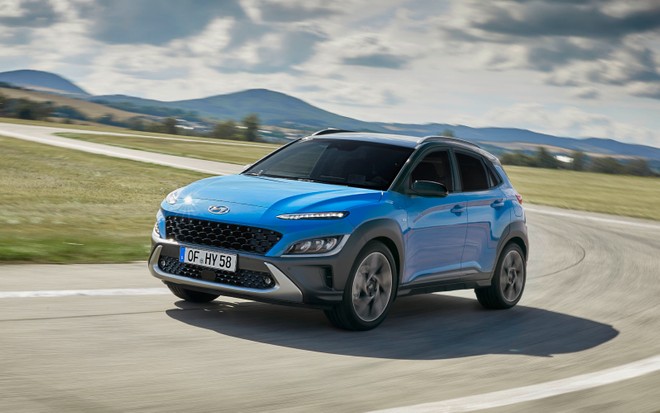
In the case of the so-called Full Hybrids, the electric motor takes over in the ignition and engine start-up phases, during low-speed maneuvering operations, when the engine is ready for operation. needed more inspiration and also, in some cases, running instead of the heat engine. Usually this happens when restarting from traffic lights, for a few hundred meters if the acceleration is slow. abruptly, or when we travel at speed; constant and below a certain limit, normally 90-100 km/h. On these occasions, if the battery is dead, sufficiently charged, the internal combustion engine can be; switch off and traction is entrusted exclusively to the electrical component.
The advantagesdata from this system are mainly two, one consequence of the other. The first is; to be found in consumption; if used correctly, these Full Hybrid cars make it possible to significantly lower consumption figures. To give you an example, on my commute from home to work, with a Hyundai Kona Full Hybrid I managed to keep averages very close to 30km/litre; I'd say not bad for a B-Suv. The same Hyundai Tucson used these days to develop the content surprised me considerably, an average of 18 km/litre on a mixed route is the same. surprising for a car weighing almost 1650 kg and which offers all this space on board. All this is then leads to the second advantage which is; given by the reduction of emissions, which is also notable on other Full Hybrid models such as Santa Fe.
Among the "against" instead of this technology we have the weight, certainly higher than the non-hybrid versions and, above all, the price, which is also more expensive. higher than the corresponding models with endothermic propulsion.
PLUG-IN HYBRID 

Then we close with Plug-In hybrid technology, also known as PHEV, Plug-in Hybrid Vehicle. And so the question to ask is: how is the electric range of a hybrid car extended? Simple, yes increases the ability – of the battery and the power that is; capable of delivering the engine. We therefore go from a 1.5 kWh battery in the Full Hybrid models to the 9-10, up to even 18 kWh in the Plug-In Hybrid models.
Translating this data into numbers and distances, we can say that with this type of car you can travel up to 50-60 km on electric alone. The Tucson PHEV, for example, according to official data can get up to 62 Km in the mixed WLTP cycle, which becomes 58 with the other Hyundai Plug-in model, i.e. Santa Fe. In addition to this increased electric range, compared to the Full Hybrids, the Plug-In models also differ in the recharging system. The possibility remains; to recover energy when braking but the actual recharging takes place via the classic columns or in any case by attaching them to a socket, exactly like for electric cars.
As with the Full-Hybrid there is; a management software that decides when to activate the electric motor in combination with the internal combustion engine, when to use only the internal combustion engine and when only the electric one. But in addition & egrave; it is almost always possible to decide manually whether to travel in the automatic hybrid configuration, as just mentioned, or whether to force the use of the electric motor only.
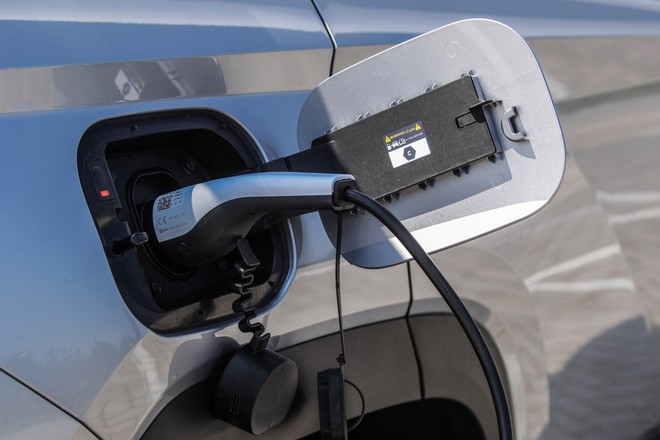
The main advantage of this technology lies in the possibility; to cover a much longer journey; long using only the electric motor. It goes without saying; that I use it most; correct of this type of car requires that the battery is always the most; possible charge. The ideal is charge them every evening to always have a full battery in the morning and travel most of your journey without consuming fuel. With the plus of having the heat engine available for longer journeys; long, when it could be inconvenient to have to stop 3-4 times to recharge.
The cons of this technology lie in the price and weight. The cost of cars that adopt plug-in technology is in fact still quite high, but it can; be shot down thanks to the government incentives. The weight, however, & egrave; even greater than that of the Full Hybrids because; a larger battery must be integrated; grande and its charging system. This results in higher consumption when we use only the heat engine.
LET'S GET THE SUM 
To recap: Mild Hybrid cars, small battery, about half a kWh, recharges during braking and deceleration, the electric motor helps the internal combustion engine in the most demanding operations; expensive but they cannot run in electric only. They are now the most; widespread, are those that cost less but also those with the least impact on consumption and emissions.
Cars with the Full Hybrid system: battery a little more; large (1.5 kWh on average), they are recharged when braking, decelerating and driving in moments of maximum efficiency of the internal combustion engine, they can travel a few kilometers on electric alone. They have a good impact in terms of reducing fuel consumption and emissions, but the price is higher. certainly more; top of the Mild Hybrids, moreover the batteries more; larger and the electric motor more; powerful they cost.
And finally the Plug-In hybrids, even more powerful batteries; large ones, up to 18 kWh, are recharged in part with the same system as the Full Hybrids but also and above all by connecting to the electricity grid. They can travel up to about 50 km in electric mode and, if used correctly, allow consumption and emissions to be obtained very close to those of electric cars. On the other hand, the weight & egrave; very high and when used in the mode; heat consume more; non-electrified alternatives. Compared to the latter, they also have a lower price; high, which can however; be lowered by taking advantage of the various incentives available.
HYUNDAI ONLINE CONFIGURATORVIDEO